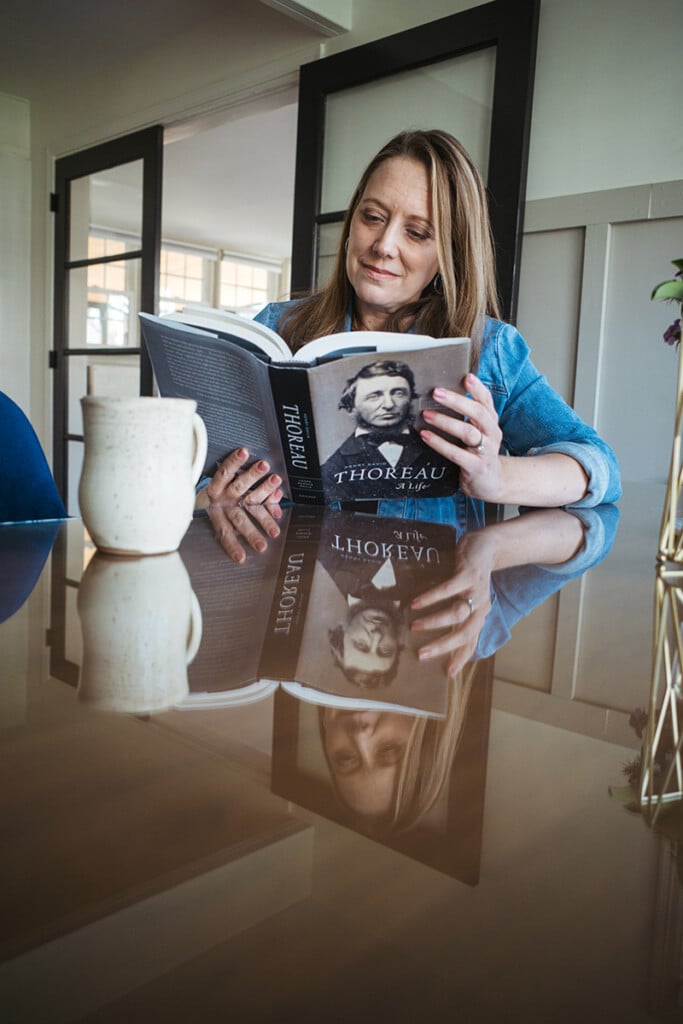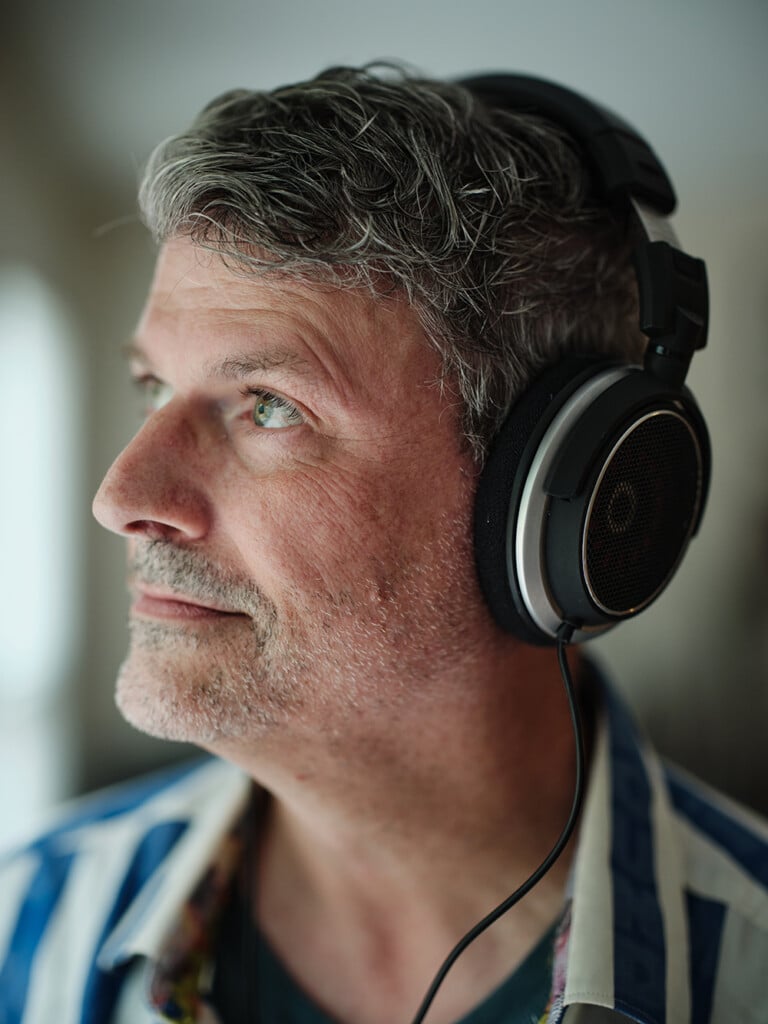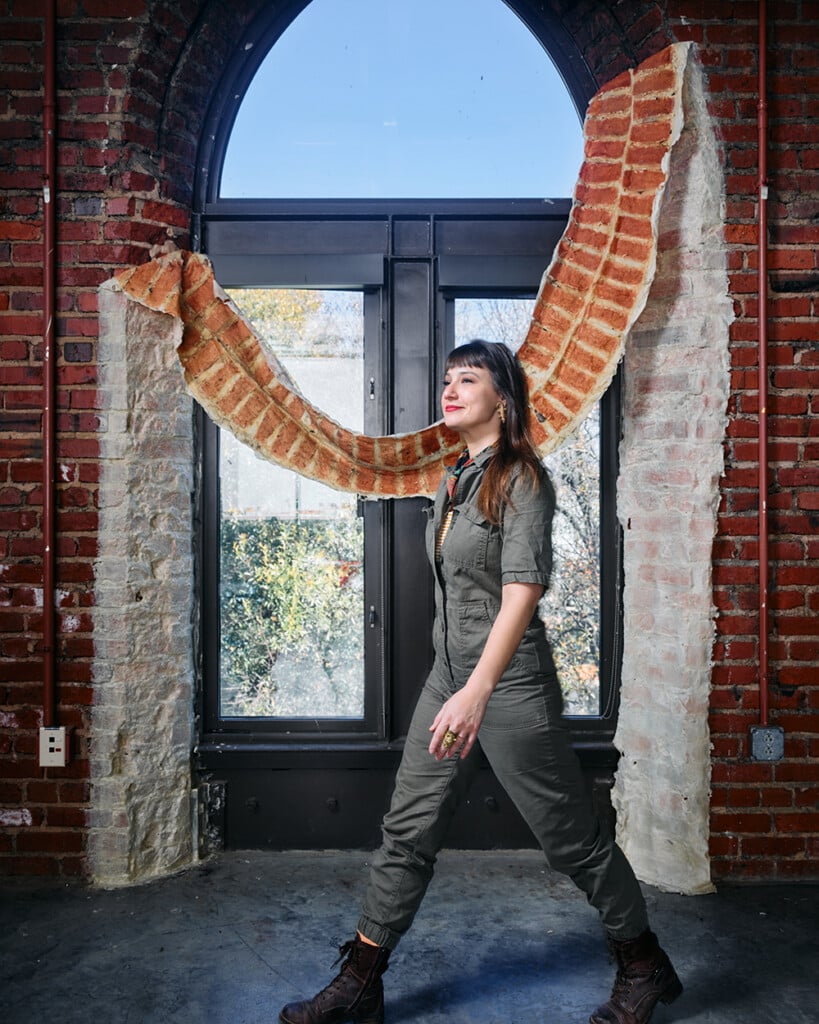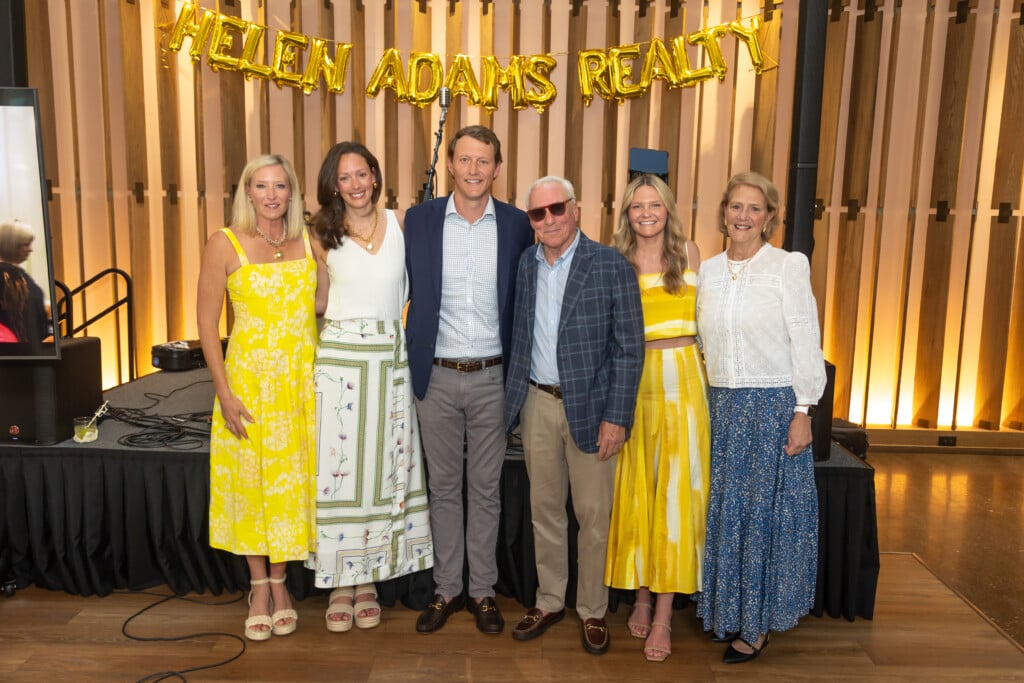dB’s Reunion: One Of The Great NC Rock Bands Comes Home
They never really “made it.” So, 46 years after they started, why’s their reunion kind of a big deal?
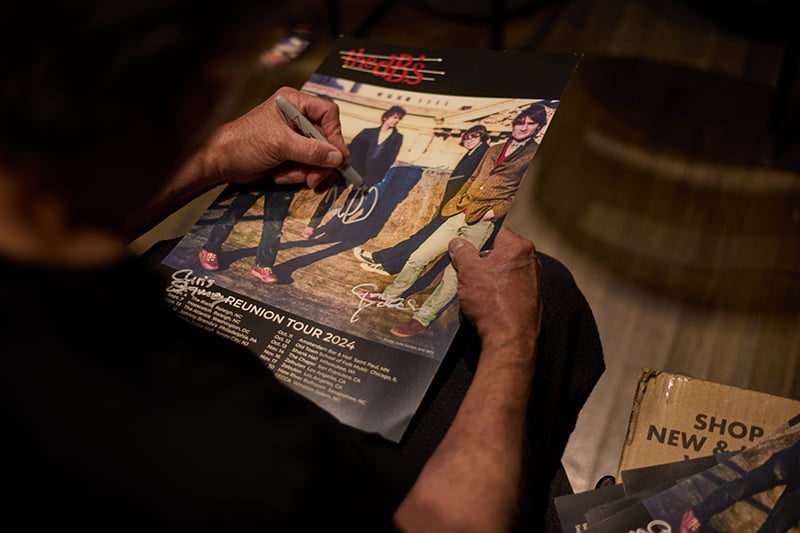
Forty-three years after the release of their debut album, the four members of the dB’s know what they like. During a Sunday-afternoon soundcheck at the Stage Door Theater, they stand onstage and take turns instructing the soundman, politely but precisely, on exactly what mix of vocals and instruments they want to hear in their monitors. Watching feels like being in line at Starbucks behind people with complicated and idiosyncratic orders.
“To complete the picture, I’ll be looking for a little bit of kick and a little bit of my guitar,” concludes singer-guitarist-songwriter Chris Stamey.
The band’s other singer-guitarist-songwriter, Peter Holsapple, doesn’t want to hear any of Stamey in his own monitor: “I have so much of him over here,” he explains, gesturing to the spot a few feet away where Stamey stands.
“He’s a little intimidated by my excellence,” Stamey says.
“I’m dazzled by your genius,” Holsapple dryly agrees.
Despite having formed in New York City, the dB’s are one of the great North Carolina rock bands: The members grew up in Winston-Salem and played together in various configurations when they were young, but they didn’t become a quartet until they had all relocated to New York in the 1970s. Their first two albums, Stands for Decibels (a title that explained their name) and Repercussion, both released in 1981, were jangly power-pop classics—but the band couldn’t get signed by an American label, so their audience in the States was limited to obsessives willing to track down U.K. imports.
After the band broke up, they all went on to a multitude of other gigs—Stamey became an accomplished producer, while Holsapple spent years as a sideman for R.E.M., then Hootie and the Blowfish—but they periodically reunited to celebrate the music they made decades ago. The original quartet hadn’t toured in 12 years; they wanted to promote their first two albums, finally released domestically on vinyl. I spoke with them before their Stage Door gig in September. (“It would be nice for some younger people to discover this music,” says drummer Will Rigby wistfully.)
Their monitors properly balanced, they play through “Big Brown Eyes,” a catchy summary of a toxic crush: “You give me something to think about/ I’ll give you something to live without.”
But Stamey looks concerned. Apparently, the problem is me: He’s noticed me in the audience, scribbling in my notebook. “Are you writing about our soundcheck?” he asks.
I tell him that I’m not reviewing the soundcheck, but yes, I’m taking notes. I explain that I’m looking to get a sense of how they carry themselves and how they interact with the world and each other.
“Yeah,” he replies, “that’s exactly what I’m worried about.”

Peter Holsapple (at left) and Rigby. “It would be nice,” Rigby says, “for some younger people to discover this music.”
Sitting on folding chairs in a dressing room deep in the bowels of the Blumenthal Arts Center, Holsapple and Rigby have the easy rapport of men who have been friends since the third grade: That’s when they met, at age 8. (They’re both 68 now. The dB’s are now largely gray-haired, except for Holsapple, who is bald, but they still dress like teenagers.) They’re discussing early musical projects like Rittenhouse Square, a band Holsapple was in with Stamey and Mitch Easter (known for the band Let’s Active and for co-producing R.E.M.’s early records with Don Dixon): “We recorded a record in Greensboro,” Holsapple relates. “It’s considered a collector’s item by people who haven’t heard it.”
He remembers a road trip Rittenhouse Square made to Charlotte circa 1972: They auditioned for the big local booking agency, Hit Attractions. “We realized that if we were going to get any gigs,” he says, “we had to have at least one Allman Brothers song and one Jethro Tull song.”
After that band foundered, he joined Rigby’s group Little Diesel, which had hip influences: Big Star and the Nuggets garage-rock collection. Stamey, meanwhile, visited New York City for a few days in 1975. He stumbled into CBGB and had his mind blown by Television. “There was only a lanky dog, a grizzled barkeep, and three or four other spectators, tops”—including Patti Smith and a member of Blue Öyster Cult, Stamey wrote in his 2018 book, A Spy in the House of Loud.
Two years later, Stamey moved to New York for real and promptly joined a band with Alex Chilton, the Memphis musical legend behind Big Star. Holsapple, Rigby, and bassist Gene Holder soon followed him north. When they left, there was no real indie-music scene in North Carolina. One took off in the early ’80s, with bands such as Let’s Active (featuring Easter) and Arrogance (featuring Dixon), although it was overshadowed by the Athens scene, 200 miles from Charlotte.
The dB’s started in 1978 with Stamey, Holder, and Rigby; Holsapple joined them (initially on organ) to record two singles, one intended as a dB’s release, the other as a Holsapple solo single. “My gross insecurity would have tanked that career immediately,” Holsapple says.
The label that was going to release those singles went under, but the quartet stayed together, Rigby remembers: “It was a little unclear what was going to happen, because we already had a songwriter.”
“Everybody goes to New York and feels like a newcomer,” Holsapple says. “We just felt like we had a nice camaraderie. As four guys who grew up together in Winston-Salem, we talked the same language. We knew the same disc jockeys. Our record collections were very similar.”
Their debut was recorded piecemeal and picked up by Albion Records in the U.K. For the second album, the label upped the budget but wanted to keep an eye on how the money was being spent, so it flew the band (plus producer Scott Litt) to London. Albion installed the five of them in a basement flat and set them up at Ramport Studios, which the Who had built for the recording of Quadrophenia.
Holsapple and Rigby reminisce about the summer of 1981 in London: the baseball strike, the royal wedding, the stained-glass windows at Ramport representing various albums that had been made there, mixing the album at George Martin’s AIR Studios, also in use by Paul McCartney and Adam and the Ants. According to Stamey, McCartney made a habit of dropping in on the band every morning to say, “How’s it going, dB’s?”
Disappointed that one of his songs had gotten bumped from Repercussion, Stamey left the group after its release. (Rigby flatly contradicts Stamey’s version of events, saying “nothing remotely close to that” happened. Four decades after the dB’s breakup, the band communicates about their history through books and fact-checkers.) The band continued without him until 1988, their sales never living up to their critical reputation.
Rigby came back to North Carolina from Cleveland when his wife got a job here; Holsapple returned from New Orleans because he lost his house and everything in it to Hurricane Katrina. (“My mom said, ‘Peter, you didn’t go up in the attic to get the family silver out.’ And I’m like, ‘Mom, I couldn’t get into the attic without it collapsing.’”) Now, three of the four dB’s live in the Triangle.
“It’s a 20-, 25-minute drive between our houses,” Rigby says of Holsapple. They still talk (and text) most days—and they got their teenage band, Little Diesel, back together for their 50th high school reunion. “I’m going to Winston-Salem on Saturday,” Rigby announces. “It’s my mom’s birthday—she’s turning 97.”
“I love your mom,” Holsapple says. “I’m just going to say that. She’s like a second mom to me. She still comes to shows, too.”
Two hours later, the dB’s will take the stage and play, with the energy of adolescents but the chops of veterans, a set that feels like your favorite jukebox in a different, slightly cooler universe. The dB’s didn’t exactly return to North Carolina as heroes, but maybe coming back as cult heroes is close enough.
Knowing how everything turned out, would they do it all over again? Holsapple says, “I’d have started sooner.”
Gavin Edwards is the author of fourteen books, including MCU: The Reign of Marvel Studios (recently translated into Ukrainian).
